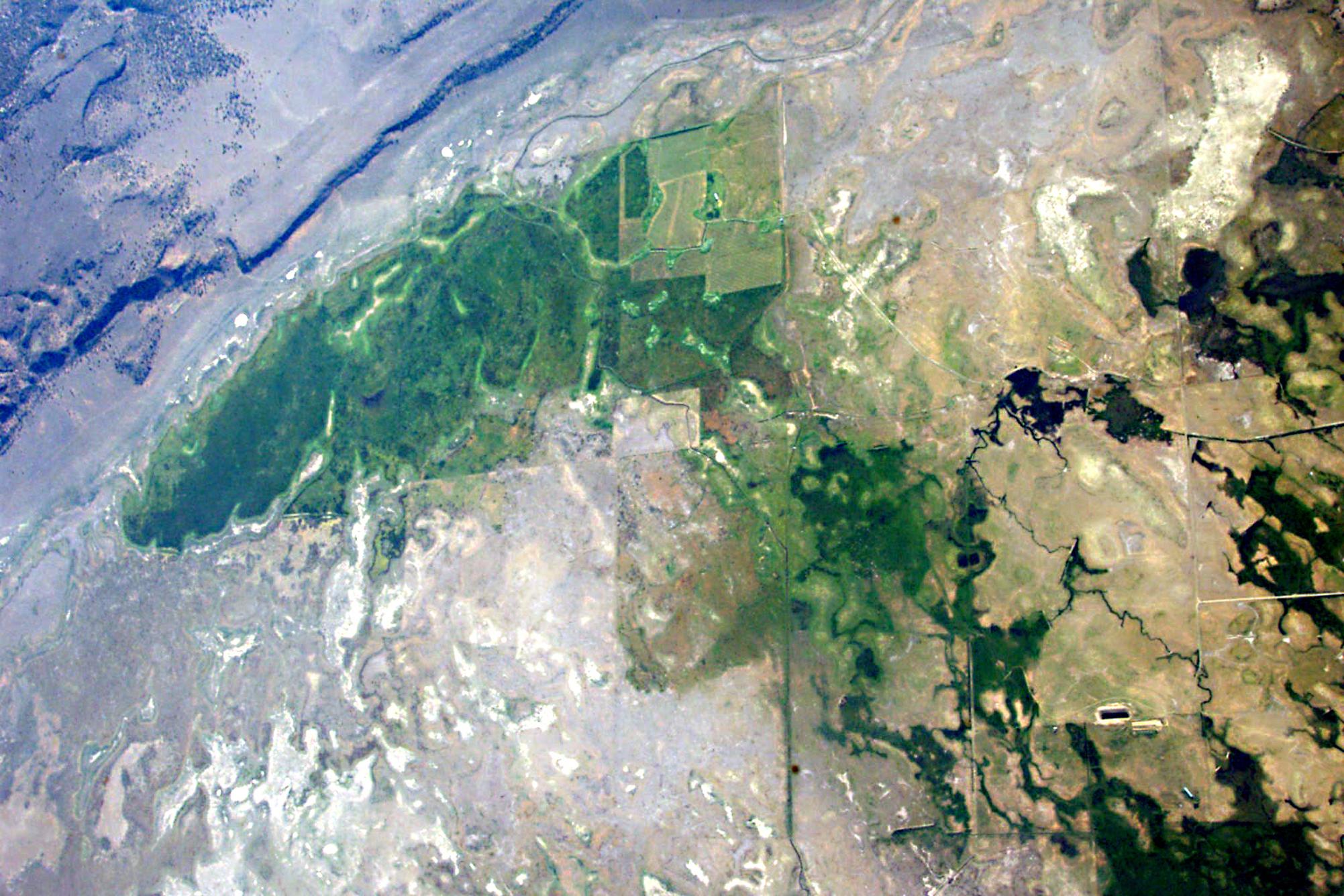“We have a huge opportunity in voluntary carbon markets using our satellites, specifically of the industrial variety, not nature-based voluntary carbon credits, which is primarily used right now.”— Stephane Germain, President and CEO of GHGSat
George Sutherland, Senior Advisor, Climate Change & Sustainability, sat down with Stephane Germain to discuss the role of satellites in measuring, managing, and reducing greenhouse gas emissions and how this technology is being operationalized by the private sector and governments.
Listen to our ~12-minute episode:
Sustainability Leaders podcast is live on all major channels, including Apple and Spotify.
